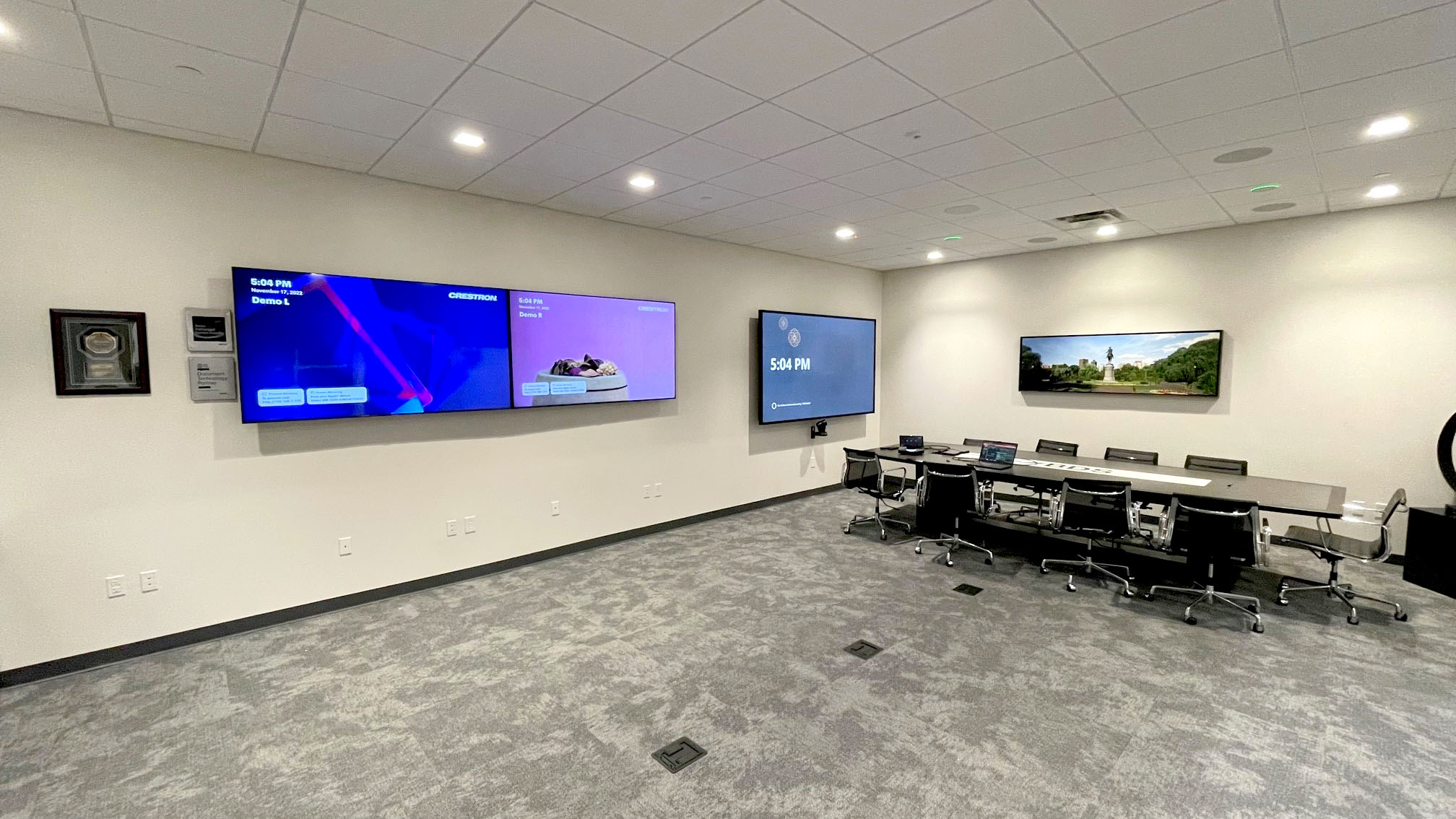When setting up AV installations, the criticality of cabling and signal transmission cannot be overstated. Proper wiring not only supports that audio and video quality are maintained but also guarantees the reliability of the overall system. In any AV arrangement, whether for a learning environment, office, or home theater, optimizing the network cabling can lead to enhanced performance and fewer technical issues. This article will explore essential strategies for enhancing cable management and interfacing in AV systems.
The first step in enhancing AV systems is to determine the correct cables for the application. Various types of cables serve various purposes, so identifying reliable ones is crucial. For example, HDMI cables are common for carrying high-definition visual and sound signals. In contrast, balanced audio cables like XLR can eliminate distortion in sound systems. It is critical to evaluate the length and durability of these cables, as longer cables can result in signal loss. By investing in professional-grade cables that suit the specific needs of the AV setup, users can dramatically boost overall performance.

Another important strategy is organizing the wiring efficiently. A well-organized wiring system not only appears neater but also improves functionality. Using cable management accessories like clips, ties, or sleeves can aid maintain wires orderly and prevent tangling. This structure also makes it easier to diagnose any issues that may emerge. Labeling each cable according to its function or connection point can save time during repairs or repairs. Look At This A logical layout helps technicians readily identify connections, which is especially beneficial in large-scale systems with numerous devices.
Additionally, assessing the layout of the environment is essential for improving connectivity. The placement of equipment can influence how signals flow through cables. Placing devices too far apart may necessitate longer cables or signal boosters, which can be resource-intensive and affect quality. It is helpful to plan the layout of equipment thoughtfully, taking into account the distance between devices and potential barriers such as walls or furniture. This optimized placement can minimize issues related to signal loss and strengthen transmission throughout the AV system.
Regular system inspections are another critical strategy for ensuring maximum performance of AV infrastructure and connectivity. Over time, cables may become worn due to handling or wear and tear. Routinely inspecting all connections helps detect potential problems before they escalate into serious issues. Upgrading aged cables and maintaining connectors can maintain signal quality and ensure the system functions smoothly. Maintaining a schedule for routine maintenance can help users manage this aspect of their AV infrastructure.
Finally, staying informed about new developments and more information guidelines is essential for anyone involved in AV setups. The sector is constantly advancing with improvements in technology that can elevate connectivity and functionality. Joining training sessions, reading industry journals, or networking through professional communities can provide insightful information into best practices and latest tools currently offered. By leveraging these advancements and adapting them to current systems, users can upgrade their AV solutions on an ongoing basis while ensuring they remain current with industry standards.
In conclusion, improving infrastructure and AV performance in AV systems involves thoughtful use of cables, effective management, strategic space design planning, scheduled maintenance checks, and remaining current on industry innovations. By implementing these strategies, users can achieve enhanced functionality and efficiency in their media setups, ultimately providing a more enjoyable experience for everyone involved.
Comments on “Crucial Strategies for Improving Wiring and Linkage in Audiovisual Systems”